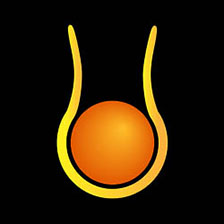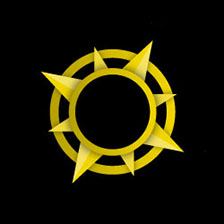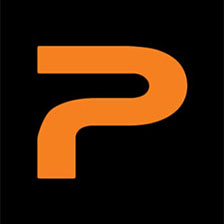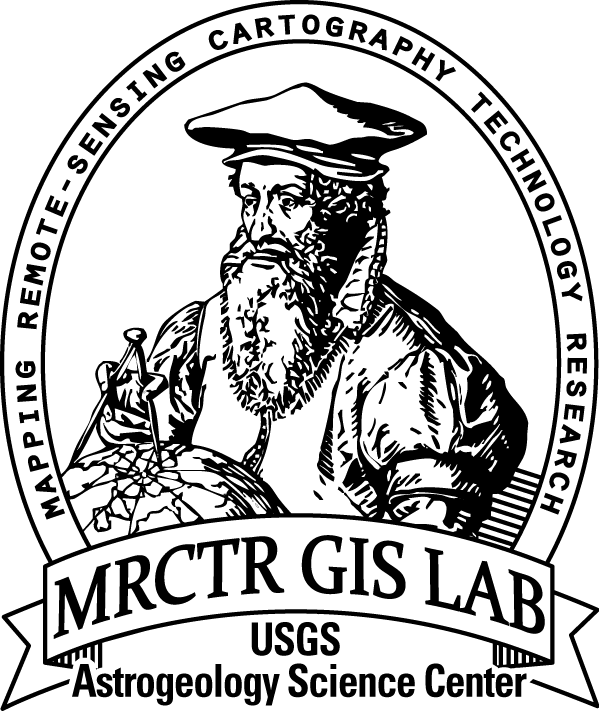Meteor Impact: Preserving the Evidence
28 July 2017Can you imagine a blazing meteor nearly 160 feet in diameter and weighing 100,000 tons, traveling at a speed of 45,000 mph, crashing into the ground in front of you? It’s not something most people would enjoy imagining! But on those rare occasions, once every few million years, this can happen - as it did 50,000 years ago, creating what we know today as Meteor Crater. Look at the impact in the picture below. Scientists study meteorite impact craters because they help us understand impact processes on other planets. Geologist Tenielle Gaither and others have curated and studied ejecta and impact melt formed during this impact event. The collection of geologic materials from this well-preserved impact crater are available to planetary scientists for observation and study. Learn more and be well-informed about this fasinating project. More information is below the image.

Excerpt: “In consultation with the USGS Core Research Center and the USGS Geologic Materials Repository, we are in the process of properly curating the Meteor Crater sample collection in an effort to facilitate scientific utilization of and the broadest possible access to this invaluable collection. To enhance preservation while increasing access to the collection we are transferring the samples from their previous storage media to durable, long lasting media. As of December 2010, we have transported all of the Meteor Crater samples into a climate controlled warehouse, obtained heavy duty shelving, created a sorting and display area, established curation procedures and policy, and have transferred approximately 65% of the sample collection to appropriate, long term storage media. In addition to describing the condition of the sample prior to transfer, we have documented each sample’s geologic unit designation, the presence of metallic spherules and impact melt fragments, and identified the approximate contact between ejecta deposits and target rock for each curated drill hole.”
By Janet Richie










